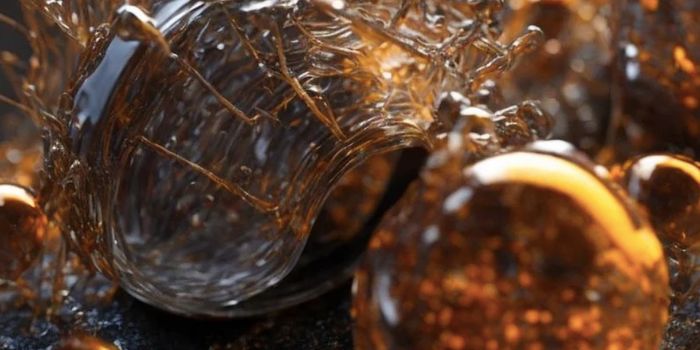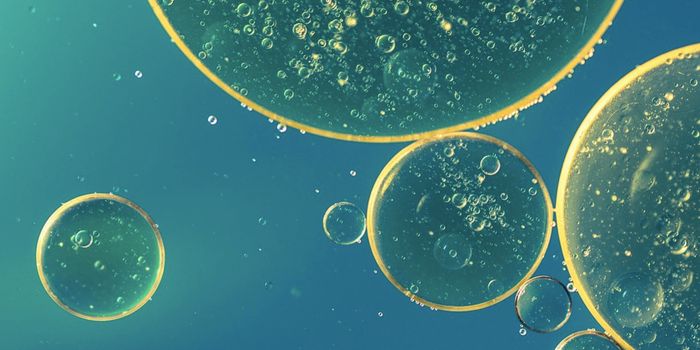The Mechanisms Underlying Rapid Sex Change in Fish are Revealed
For most animals, the sex is established early on in development, and stays that way throughout the life of the organism. But around 500 different types of fish are able to switch sex when they’re adults and can do so in response to some environmental signal. An international team of scientists has now revealed how a fish called the bluehead wrasse does it. The findings have been reported in Science Advances.
"I've followed the bluehead wrasse for years because sex change is so quick and is triggered by a visual cue," said study author Professor Jenny Graves, a geneticist at La Trobe University. “How sex can reverse so spectacularly has been a mystery for decades. The genes haven't changed, so it must be the signals that turn them off and on."
On the coral reefs in the Caribbean Sea, bluehead wrasses live in schools, with a dominant, blue-headed male guarding a group of yellow females. If the male is gone, the biggest female in that group will morph into a male. Her behavior changes at first, and her color is altered in only hours. Within ten days, her ovary has morphed into a testis that produces sperm.
The scientists were able to monitor gene expression changes as this occurred. They sequenced RNA to identify which genes were active, and assessed the chemical modifications on genes that impact how they are expressed - an epigenetic analysis.
In these fish, the absence of the male triggers a stress response, which appears to mediate the sex change through changes in gene activity and methylation - a common epigenetic tag. A cascade of events results in an abrupt reduction in the production of aromatase and estrogen.
A distinctive male bluehead wrasse patrols a spawning territory and courts females (yellow), one of which will eventually change sex to replace him. Credit: John Godwin and William Tyler
"We found that sex change involves a complete genetic rewiring of the gonad," said the co-lead author of the study Dr. Erica Todd of the University of Otago. "Genes needed to maintain the ovary are first turned off, and then a new genetic pathway is steadily turned on to promote testis formation."
This work can help show how gene expression is controlled during development in people, and how environmental influences can impact it. Not all organisms follow the same genetic pathways as their sex is determined.
"Chemical markers on DNA control gene expression and to help cells remember their specific function in the body. Our study is important because it shows that sex change involves profound changes in these chemical marks," said University of Otago graduate candidate and co-first author of the study Oscar Ortega-Recalde. This represents a kind of change in cellular memory, he noted.
Graves is now collaborating on a study investigating sex reversal in Australian dragon lizards, which is connected to this work.
"With dragon lizards, the trigger for sex change is temperature, which overrides genes on the male sex chromosomes and causes embryos to develop as females," Professor Graves explained. "Sex reversal in dragons and the wrasse involve some of the same genes, so I think we are looking at an ancient system for environmental control of gene activity."
Learn about another sex-changing fish from the video.
Sources: AAAS/Eurekalert! Via Latrobe University, Science Advances








